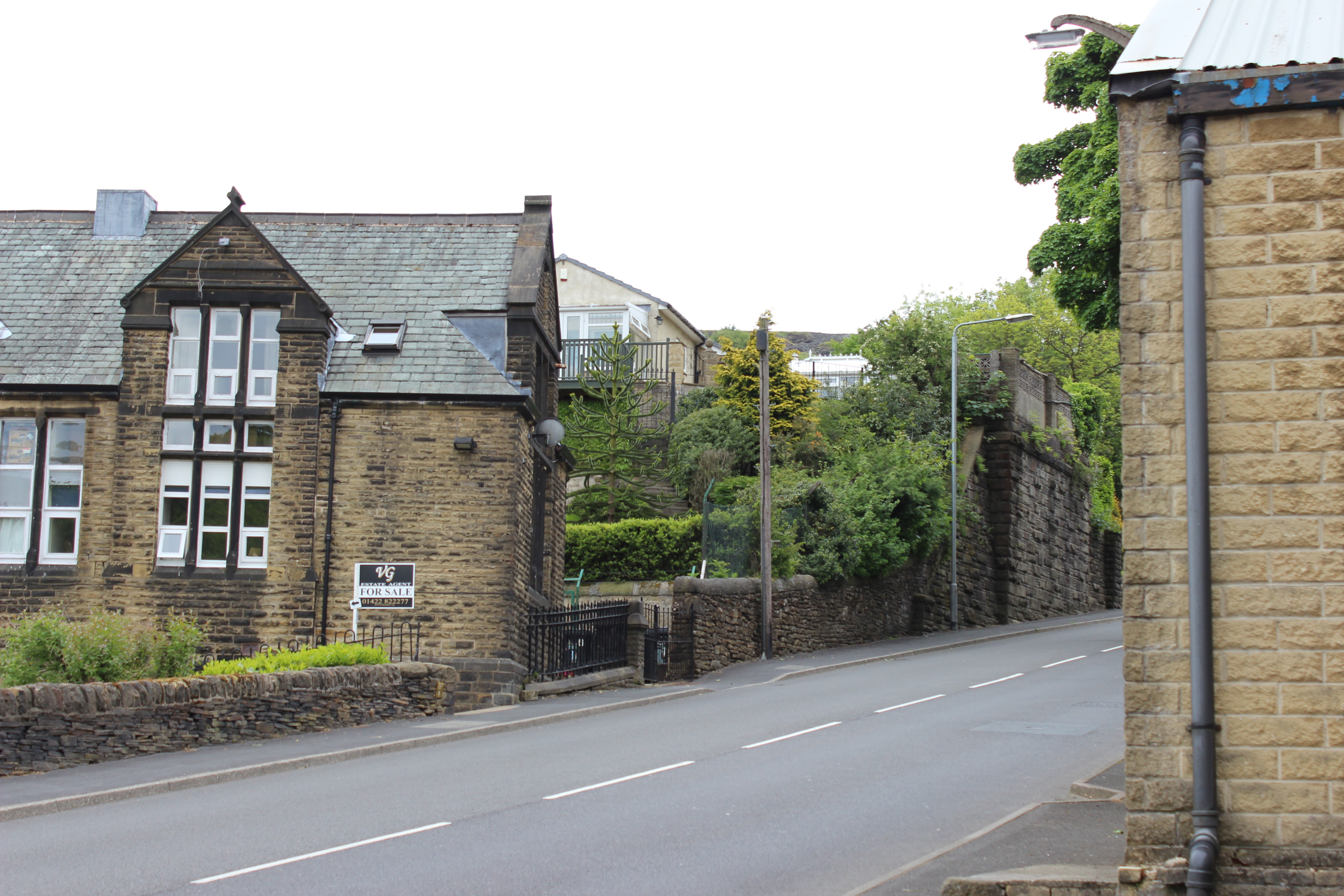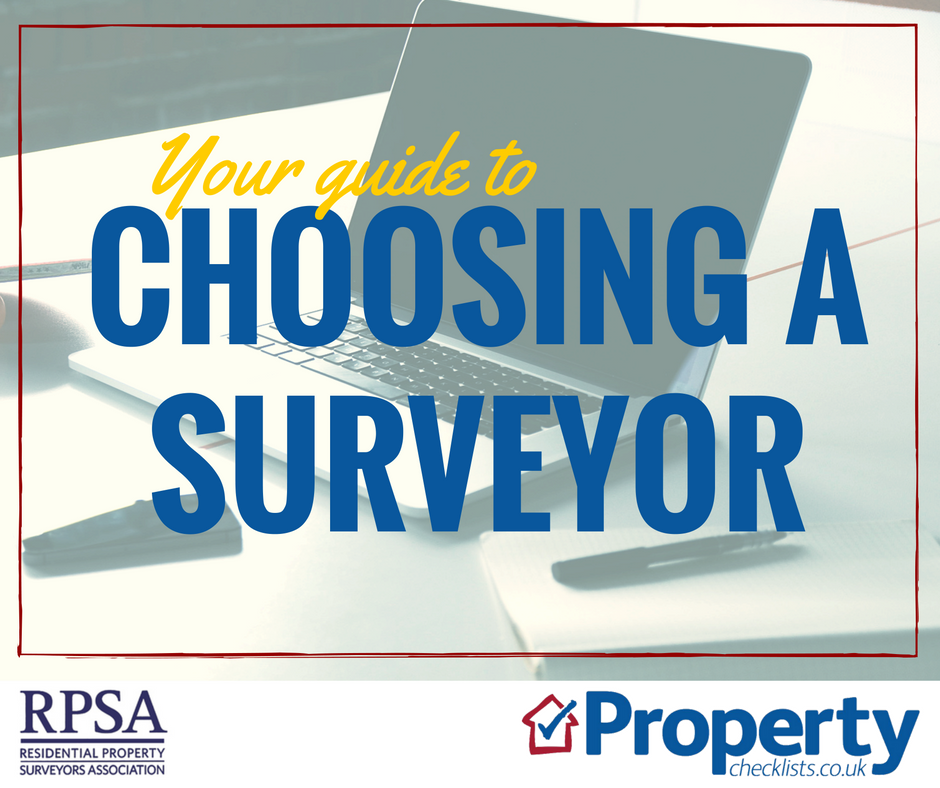publication date: Dec 19, 2018
|
author/source: Kate Faulkner, Property Expert and Author of Which? Property Books

How do you deal with a flooded home?

Flooding has caused devastation across many parts of the country in recent years and affects homeowners in many ways, from the trauma of losing valuable and cherished items, to the upheaval of having to leave the family home and the hassle of having to find suitable home insurance in the future. Not to mention the worry about it happening all over again.
Find out if your property is at risk of flooding
You don’t need to live near water to be at risk of flooding, as floods can also be caused by heavy rainfall, burst water mains and sewers.
Check your risk level
You can check your risk level with the government’s flood risk checker.
Sign up for flood alerts
This is a free service you can access here. You will be notified by phone, email or text if your home is at risk of imminent flooding, giving you time to prepare.
Make a flood plan
Ensure everyone in the household knows what to do when a flood alert is received and make a checklist for everyone to follow. Preparations could include:
- switching off the electrical supply
- moving valuables upstairs
- laying sandbags, fitting flood boards, covering air bricks – make sure everyone can access these easily
- knowing how and where to evacuate, where to take pets etc
- moving cars to higher ground
- letting family know you are safe.
What to do if your home is flooded
Keep everyone safe
- Move upstairs or leave the property, whichever is the safest option
- Don’t touch any electrical appliances
- Try to keep out of the floodwater as it can carry disease
- If you cannot evacuate, or somebody’s life is at risk, phone 999
- Do not return to the property until you are told it is safe to do so
- For more advice on staying safe during a flood, speak to a Floodline adviser on 0345 988 1188 (24-hour service).
Contact your insurance company
Call their emergency line and they will advise you of your next steps. Find out if they will cover the cost of alternative accommodation, from a short-term stay in a B&B or hotel through to a longer-term stay in rental accommodation, if necessary, while your property is repaired.
What to do when you return to your home after a flood
- If you plan to claim on your insurance, make a list and take photos of all the damage you can see, and take photos, of damaged items and the damage to the property itself
- If possible, keep local receipts for damaged items
- Contact your insurance company again to arrange for a loss adjuster to visit and assess the damage for themselves
- Don’t throw anything away until the insurance company says you can as they may be needed as evidence in a claim.
Drying out a flood-damaged home
- Get permission before pumping out water as there are regulations about where you can pump it to. Find out more here. Care must also be taken not to disperse the water too quickly as this can damage the structure of the building.
- Your local fire brigade may be able to help you pump out water, and also gain the necessary permissions
- Remove damaged plasterboard, carpets, floor coverings and silt deposits.
- Be prepared for the drying out process to take several months
Read our quick guide to property projects
How to avoid a rogue trader
Flood resistance measures
These help to keep water out of your property and include measures such as:
- Sandbags
- Flood boards
- Air brick covers
- Permeable surfaces on pathways and drives, so water can drain away more easily.
Flood resilience measures
These help to minimise the damage to your home in the event of another flood. They include:
- Installing electrical sockets higher up the walls
- Having separate electrical circuits for upstairs and downstairs
Read how to check your home electrics are safe
- Keeping electrical appliances/the boiler at higher than worktop level or at least on raised plinths
- Tiled floors with waterproof adhesive and grout
- Horizontal plasterboard, so the lower section can be removed if flooding recurs, or resilient plaster.
For more tips, download the Homeowners’ Guide to Flood Resilience from our website.
Read more about building flood resilient homes
If you are concerned about your home flooding – or wondering whether to purchase a property which may be in a flood-risk area, do get in touch and we will do our best to help.
What to do if your home has been flooded in the past
Insuring your home after it has been flooded
Does your home qualify for Flood Re?
All home insurers have to pay into a scheme called Flood Re, which helps to keep premiums down for homeowners who have experienced flooding. You can check if your home may qualify, and find a list of insurers who use the scheme, here.
Shop around to find the right insurance for you
Make sure you shop around to find the right cover. Always inform insurance companies about the flood or risk of flooding, even if they don’t ask, as withholding information could invalidate any claims. If you struggle to find an insurance company, see help from
Make your home more resistant and resilient to flooding
When refurbishing your home following a flood, consider products to help minimise the risk of future damage. Your insurance company may cover some or all of the cost, or you may be able to secure grant funding.

